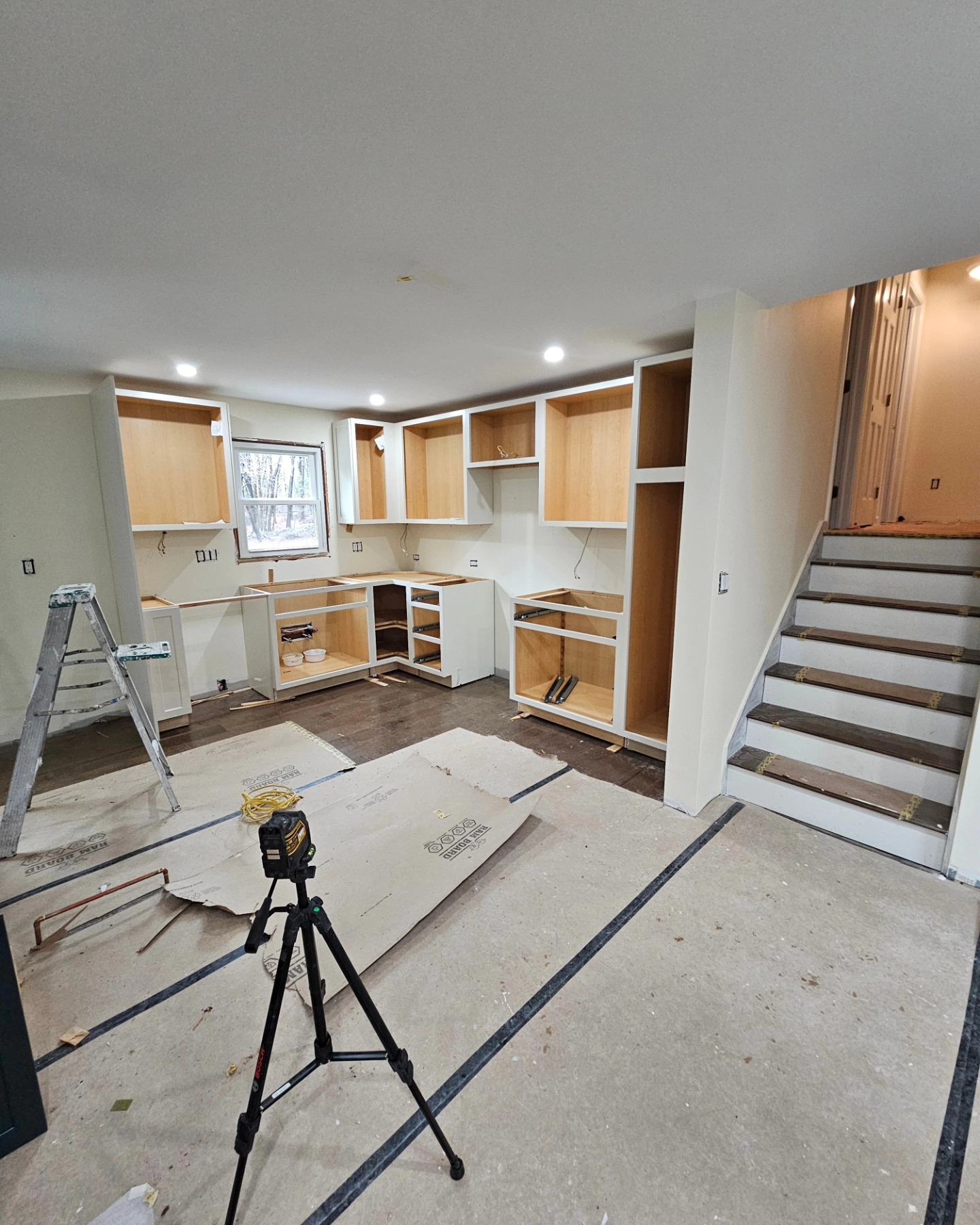
Choosing the Right Wood: A Guide by Kris Pelillo Carpentry Experts Aug 01, 2025
Understanding the Basics: Softwood vs. Hardwood
First, it's essential to differentiate between softwood and hardwood. Softwoods, such as pine and cedar, come from coniferous trees and are generally less dense, making them easier to work with for beginners. They are ideal for indoor furniture or decorative pieces where the load is not a priority.
Hardwoods—like oak, maple, and cherry—come from deciduous trees and are typically denser and more expensive. These are perfect for projects requiring durability, such as flooring, cabinetry, and outdoor furniture. The choice between softwood and hardwood fundamentally depends on your project's requirements.
Focus on Available Wood Grains
The grain of the wood you select greatly affects the project's final look. Straight grains, like those found in ash or mahogany, provide a clean, classic appearance. For projects requiring a unique touch, consider woods with a more pronounced, wavy grain pattern, like walnut or knotty pine, which add character to your piece.
Kris Pelillo Carpentry recommends considering how the wood grain will complement the overall design of your piece. For example, a tabletop might benefit from a continuous, straight-grain to avoid disrupting visual flow.
Evaluating the Wood's Quality and Sustainability
Quality and sustainability are top priorities at Kris Pelillo Carpentry. When choosing wood, inspect for any imperfections such as knots, splits, or warping that could compromise the structural integrity of your project. Opt for high-quality, kiln-dried wood that offers superior stability and durability.
Sustainability is equally important. Many timber suppliers now offer certified sustainable products that ensure the wood is harvested responsibly. Choosing sustainable wood not only supports environmental conservation but also enhances the brand image of companies committed to eco-friendly practices.
Match Wood Type to Project Function
Consider how the wood's properties, such as hardness, resistance to wear, and moisture retention, match the intended use of your project. For instance, woods like cedar and teak have natural oils that make them resistant to decay, making them excellent choices for outdoor projects.
For kitchen projects, such as cabinets and countertops, opt for hardwoods with closed grains like cherry or maple, which are less prone to absorbing stains and moisture. The experienced craftsmen at Kris Pelillo Carpentry can help you weigh these factors to select the best wood for every application.
Finishing Touches: The Importance of Finish Compatibility
Finally, your choice of wood should consider how it interacts with various finishes. Some woods, like pine, may blotch when stained and require a pre-stain conditioner for even color distribution. On the other hand, hardwoods like oak take stains and finishes beautifully—enhancing their natural beauty.
In conclusion, by thoroughly considering grain patterns, quality, sustainability, and project compatibility, you can ensure your choice of wood will meet both functional needs and aesthetic preferences. At Kris Pelillo Carpentry, our experts are always ready to assist you in making these important decisions to ensure your projects are both beautiful and long-lasting.
Transform your woodworking endeavors by selecting the right materials, and see for yourself the difference that expert guidance makes in carpentry projects. Reach out to us at Kris Pelillo Carpentry for personalized advice and quality craftsmanship in every piece you create.
/filters:no_upscale()/media/f14b483d-7eb0-4e96-8ea8-86d51eb5ea7c.jpg)